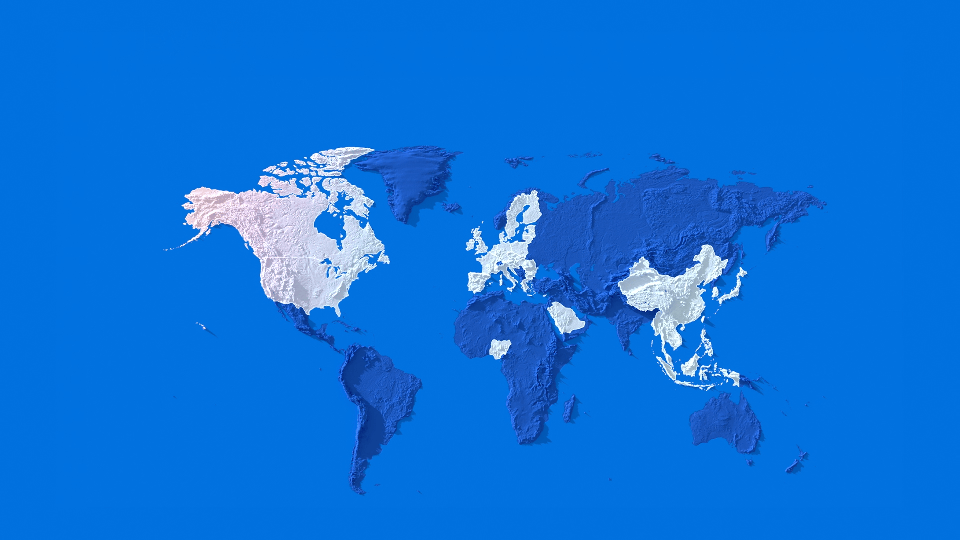
While the metaverse is still in the early stages of development, it’s already possible to see its potential in areas like education, gaming, wellness and commerce. As metaverse technologies are more widely adopted more economic opportunities will emerge such as opening up new markets and business models, creating better ways of working and transforming training and development. This new series of research examines the economic potential of the metaverse for different countries and regions around the world.
These reports look at how metaverse technologies such as augmented reality (AR) and virtual reality (VR) are already being used locally, and what it might take to maximize economic opportunities in each country and region giving governments and industry the ability to make evidence-based decisions about the policies they adopt and where they focus their efforts. The reports, commissioned by Meta and produced by Deloitte, examine the economic opportunity that could be achieved in the US, Canada, the Middle East and North Africa, Sub-Saharan Africa, Turkey and Asia. We’ve also estimated the economic potential of the metaverse for the European Union (EU) and the United Kingdom.
The research finds that the United States is well positioned to harness the potential of the metaverse and lead its global development — both of which are expected to bring significant benefit to the US economy and could contribute between US$402 billion and US$760 billion in annual GDP by 2035. The report notes that American businesses are already using metaverse technologies to create new revenue streams and improve existing ones. US brands and retailers have already begun selling virtual versions of their products, in addition to the physical goods they already sell. Other American companies are using the metaverse to market their physical goods and enable customers to try before they buy with virtual overlays.
The US report also outlines how American companies are starting to see signs of greater operational efficiencies in areas like training employees in immersive VR, improving remote work by making online interactions more life-like and creating virtual replicas to optimize physical processes. This is already happening, for example, with US companies using digital twins to optimize the design of objects or buildings before their manufacturing or construction gets underway, offering the potential to save businesses time and money.
Likewise, the research highlights that the EU already has relatively high rates of business adoption for technologies like AR and VR — with rates in the EU (10%) higher than in the US (9%). Moreover, achievement of strong digital foundations is a key part of the European Commission’s Digital Decade vision. Like their US counterparts, European retail brands are already exploring how they can connect with consumers in the metaverse. EU farmers are trialing how metaverse technology can improve production, and European automotive manufacturers are developing VR-based systems to design and reconfigure their factories and training systems to improve safety and efficiency. According to the research, continued successful development of the metaverse could contribute an additional €259-€489 billion per year to the region’s GDP by 2035.
As the report sets out, the Middle East and North Africa are on a journey of economic transformation and digitalization, and regional businesses and governments are showing a growing appetite for new digital and immersive tools. The United Arab Emirates (UAE) and Saudi Arabia (KSA) are taking a leading role, actively investing in metaverse ecosystems. KSA is investing US$1 billion in metaverse-related projects as it seeks to become a global technology hub. Similarly, Dubai has launched a Metaverse Strategy, aiming to “turn Dubai into one of the world’s top 10 metaverse economies” by focusing on innovation in tourism, real estate, education, retail and government services. According to this research, metaverse technologies could bring significant benefits to the region’s economy, with the benefits to KSA’s economy potentially reaching US$20.2 – $38.1 billion in additional GDP by 2035. In the UAE, those benefits could reach US$8.8–$16.7 billion.
Asia Pacific is a world leader when it comes to the development and adoption of metaverse technologies. Last year’s analysis produced independently by Deloitte Centre for the Edge estimated that the impact of the metaverse to regional GDP could be between US$0.8 and 1.4 trillion per year by 2035. Japan, Taiwan and Korea all have flourishing VR industry ecosystems, and people are already learning, socializing, purchasing items, gaming and accessing social services on virtual platforms. Several governments in the region, including South Korea and Japan, have featured the metaverse in their economic plans.
In developing markets such as Thailand, India and Indonesia where VR technology is not yet commonplace, there is a booming creator economy and they are leading the world with AR technology. The metaverse is creating new marketplaces, new types of businesses, new employment opportunities and opening up new ways of working in Asia Pacific and creators are at the forefront of bringing this future closer.
The metaverse continues to hold significant promise for driving creativity and economic opportunity around the world. Maximizing its potential will depend on maintaining effective openness throughout the metaverse ecosystem, while ensuring appropriate safeguards for users as they engage with immersive experiences. Doing so will require the continued cooperation and collaboration of tech companies, policymakers, academics and civil society globally.
Read the full reports.
The post Understanding the Economic Potential of the Metaverse appeared first on Meta.
















 English (US) ·
English (US) ·